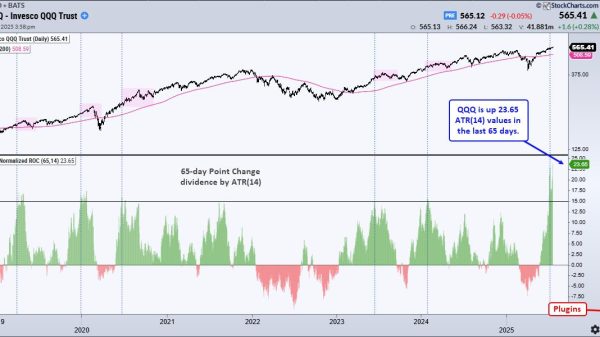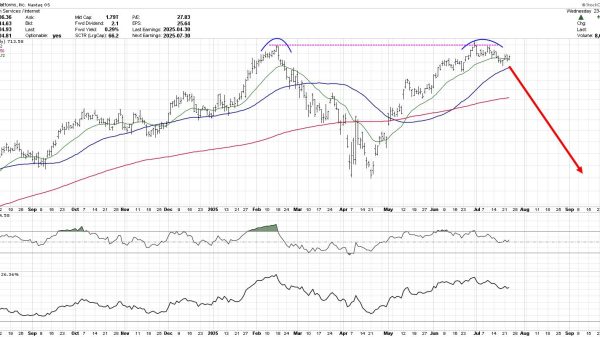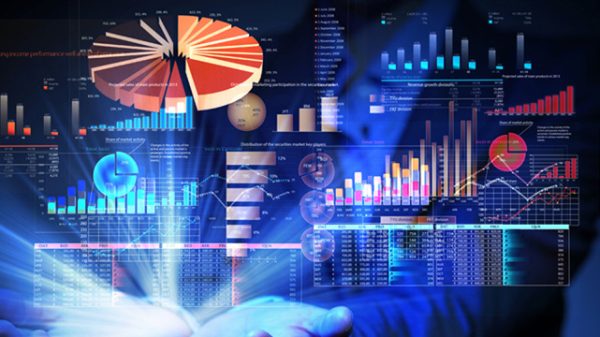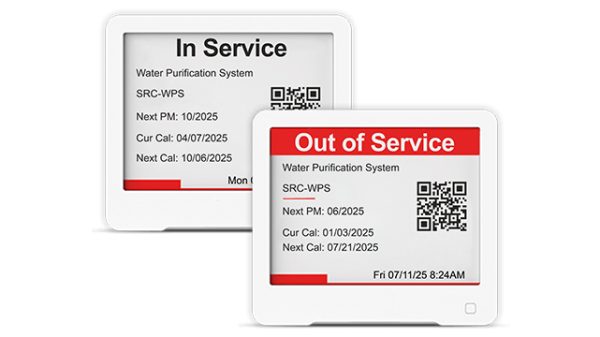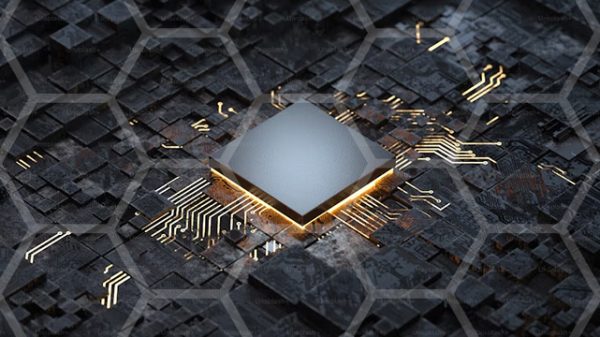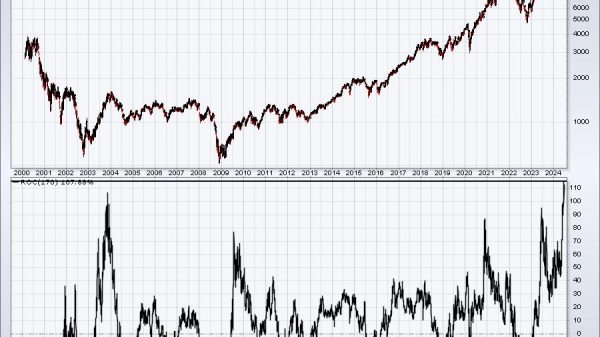Ambient IoT’ describes a new class of connected devices that can harvest energy from virtually any available source in the device’s surrounding environment.
In recent years, an ecosystem of energy-harvesting component manufacturers has emerged, driving the growth of ambient-powered Internet of Things (IoT) devices. ABI Research, a global technology intelligence firm, forecasts that Ambient IoT device shipments will reach 1.1 billion units in 2030.
“Innovation has been led by the designers of power generators, focusing on optimizing techniques to convert ambient energy into usable energy. And by the designers of Power Management Integrated Circuits (PMICs), working to develop chips that can store harvested energy on the device in the most efficient way possible,” explains Jonathan Budd, Industry Analyst at ABI Research.
“The specialized ecosystems for solar cells and solar modules, piezoelectric harvesters, thermoelectric generators (TEGs), and Radio Frequency (RF) harvesters are enabling energy conversion from low light sources, low temperature gradients, as well as power-at-a-distance via radio signals.”
The power generator designs of Wiliot, Exeger, Energous, Epishine, Powercast, EnOcean, and Ossia, as well as those for PMICs from e-peas and Nexperia, are unlocking new applications across the IoT landscape for the use of reliable battery-free systems, as well as hybrid models for the combination of battery power and energy harvesting. In 2030, ABI Research projects photovoltaic (PV) harvesting to be the most common method of powering Ambient IoT devices, accounting for 57% of device shipments, followed by RF harvesting with 36%, while piezoelectric and thermoelectric harvesting are expected to power 4% and 3% of Ambient IoT devices, respectively.
Since 2014, a niche ecosystem of startup PMIC vendors has focused exclusively on energy harvesting for Ambient IoT. The trend is towards enabling ‘energy-agnostic’ power management, where PMICs can manage energy captured from any harvested input, whether that be PV, RF, piezoelectric, or thermoelectric harvesting. OEMs can select which inputs are needed based on the nature of the ambient energy inputs in proximity to the device.
Budd concludes:
“For customers managing large networks of battery-powered IoT devices, where batteries need to be frequently replaced, the potential for long-term autonomous operation is enticing. It is up to generator and PMIC suppliers, connectivity standards bodies, as well as the newly formed Ambient IoT Alliance, to demonstrate the total costs of ownership (TCOs) savings that can be achieved through investment in harvesting equipment.”
The post Emerging Ecosystem of Energy Harvesting Drives 1.1 Billion Ambient IoT Device Shipments in 2030 appeared first on IoT Business News.






